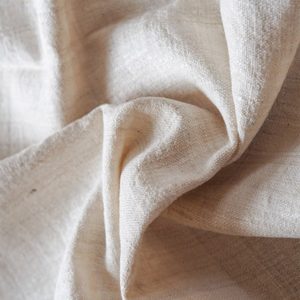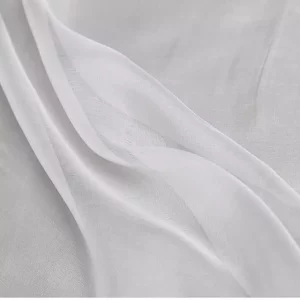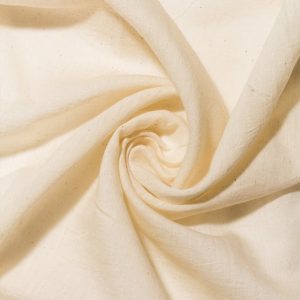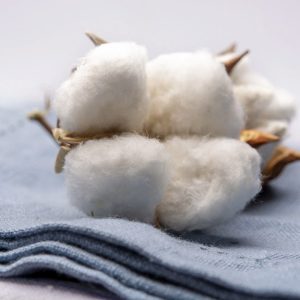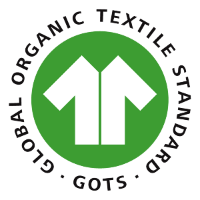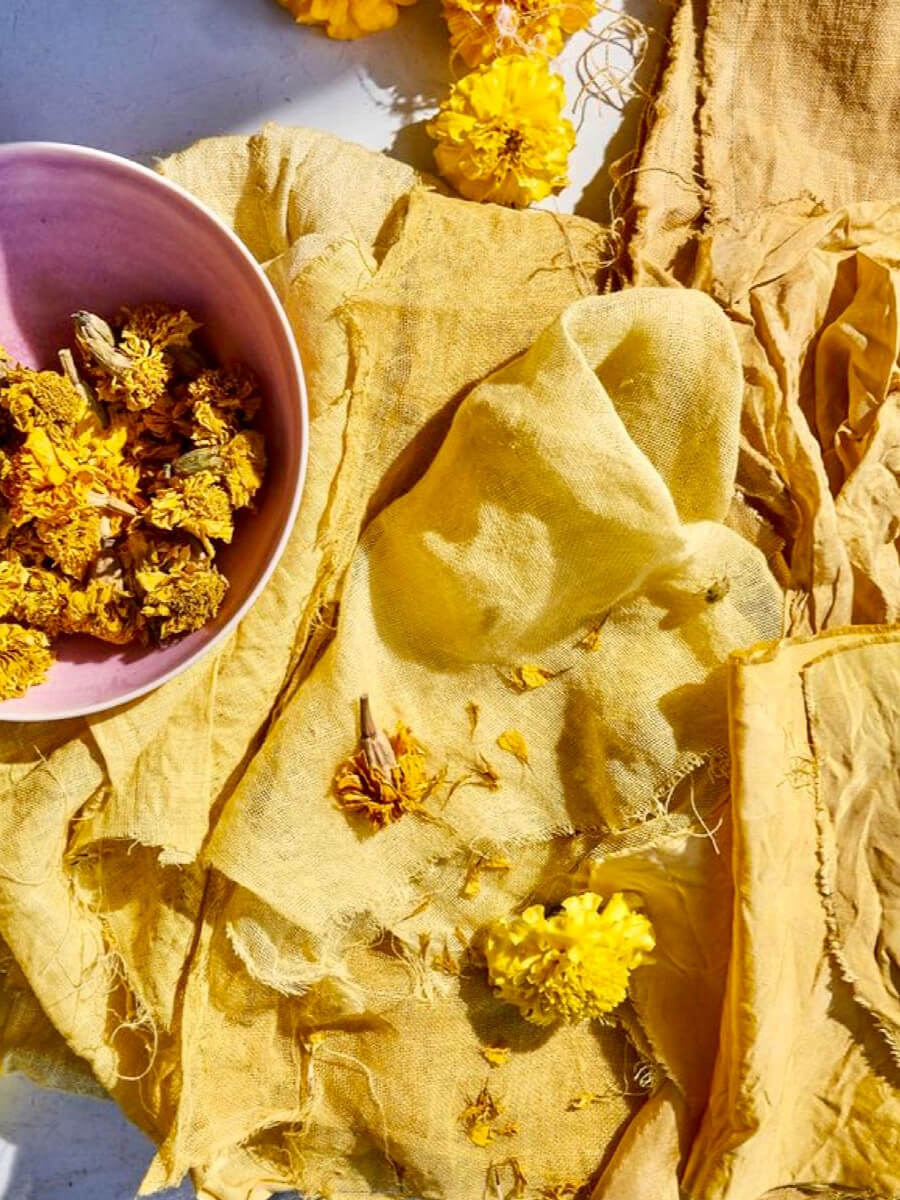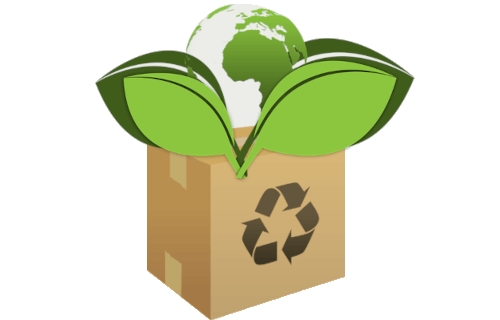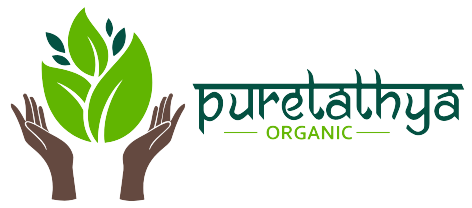The garments are made from plant-based materials such as aloe vera, rose, soy protein, and banana, as well as linen, cotton, cashmere, and pashmina. Fabrics are then dyed using the extraction’s natural resources derived from roots, leaves, bars, trunks, fruits, or nuts. Our raw materials are organically certified by the GOTS and EPFC certification bodies. And getting the brand itself certified by the GOTS is under process.
Keeping in mind sustainability and our vision, we adhere to the principle of causing minimal harm to the environment by delivering the finest pieces of organic clothing with exquisite patterns.
It focuses on both the social and environmental impact of fashion, seeking to improve the working conditions of laborers and the environment. We aim to deliver a purely organic, eco-friendly, and sustainable range of products to our consumers without causing any harm to the environment.



